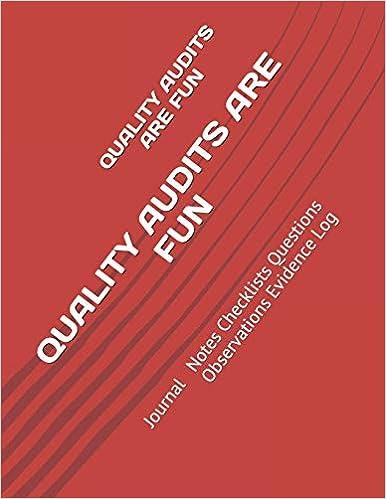Question
Use the specific-factors model to answer question 2. Assume that there are two industries, food and cloth. The food industry uses labor and land as
Use the specific-factors model to answer question 2. Assume that there are two industries, food and cloth. The food industry uses labor and land as inputs while the cloth industry uses labor and capital as inputs. The marginal product of labor in both industries is as follows:
Marginal Product of Labor
Labor Cloth Food
0 1.4 1.6
1 1.3 1.5
2 1.2 1.4
3 1.1 1.3
4 1 1.2
5 .9 1.1
6 .8 1
7 .7 .9
8 .6 .8
9 .5 .7
10 .4 .6
Assume that initially that there is no trade and that the price of food and the price of cloth are both equal to 1. Assume that the total size of the labor force is equal to 8.
a. Suppose that international trade causes the price of cloth to rise 50% (to 1.5), while the price of food remains constant. What is the new equilibrium wage rate in dollar terms (w)? How much labor is hired by the food industry and how much by the cloth industry?
b. What has happened to the purchasing power of the wage in terms of cloth (i.e what has happened to w/Pc)? What has happened to the purchasing power of the wage in terms of food (i.e what has happened to w/PF)?
c. What is the amount of income to landowners now, both in dollar terms, and in the amount of cloth and food it can buy (income/Pc and income/PF)?
d. What has happened to the income to capital owners, both in dollar terms, and in the amount of cloth and food it can buy?
Step by Step Solution
There are 3 Steps involved in it
Step: 1

Get Instant Access to Expert-Tailored Solutions
See step-by-step solutions with expert insights and AI powered tools for academic success
Step: 2

Step: 3

Ace Your Homework with AI
Get the answers you need in no time with our AI-driven, step-by-step assistance
Get Started


